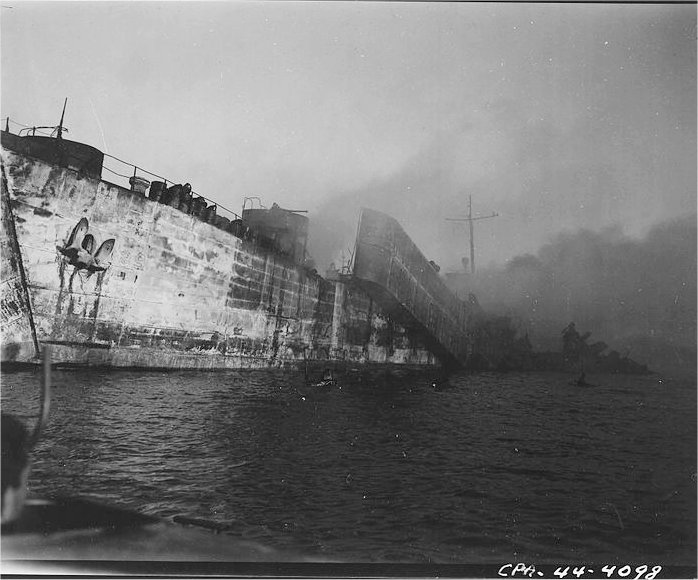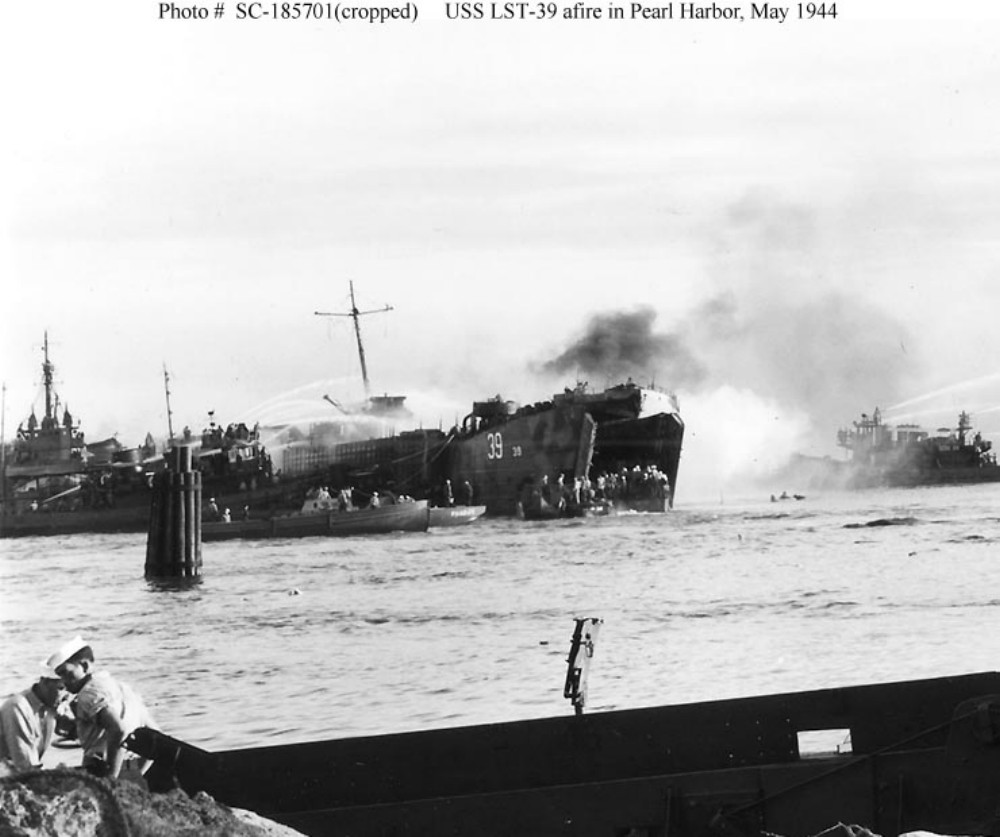“Custom, which is stronger than law, has made May 30th a national holiday. We trust it will ere long be made a legal day of rest. Since the close of the late civil war it has been held sacred to the memory of the sailors and soldiers who lost their lives in defense of the Union.”
“Business is almost entirely suspended and flags float from public and private buildings, while the boom of cannon at sunrise awaken the people of each city. Especially is the day observed in those towns and cities near which National Cemeteries are located.”
“At first, the day was one divided between sorrow and bitterness, and often the orators took advantage of the still bleeding wounds of those who lost friends to enforce sectional strife and advance their own interest …”
“… but the mellowing effect of time has robbed the observance of bitterness, so that now the same hand will lay flowers on the grave of friend and foe, recognizing them in death the brothers they were save for hot passion which marked the family quarrel, and we rejoice to realize as years pass on this custom is becoming a flower-wreathe d bond between the North and the South.”
The largest National Cemetery is at Arlington, about four miles from the Capital, on the Virginia side of the Potomac. The mansion house of this large estate was the home of George WP Custis, the adopted son of General Washington.”
“Mr. Custis lived on this princely domain until old age; and for a generation it was one of the most elegant and hospitable homes in the country. He bequeathed it to his only daughter, the wife of General Robert K Lee, Colonel in the U. S. Army.”
“At the breaking out of the late war, Colonel Lee went with the South, and if he had owned the estate it would have been confiscated; as it was the property of Mrs. Lee, reverting to her eldest son, it was sold for taxes …”
“(T)wo hundred acres immediately around the residence has been made a cemetery and here rest the bodies of sixteen’ thousand soldiers, gathered from the different Virginia battlefields and from the hospitals in and near Washington.”
“The graves are marked as far as is known with the name, State, company, etc. The West Cemetery is devoted to the white, the North to the colored troops. A large square granite monument is placed above the spot where lie over two thousand bodies. The single word ‘Unknown’ tells eloquently one of the saddest tales of war.” (Pacific Commercial Advertiser, July 20, 1878)
Decoration Day began on May 5, 1866, the village of Waterloo, New York was decorated with flags at half mast, draped with evergreens and mourning black, and flowers were placed on the graves of those killed in the Civil War. In the following years, the ceremonies were repeated.
Later, Maj. Gen. John A. Logan, Commander-in-Chief of the Grand Army of the Republic, declared that “Decoration Day” should be observed on May 30. It is believed that date was chosen because flowers would be in bloom all over the country.
“The 30th day of May, 1868, is designated for the purpose of strewing with flowers or otherwise decorating the graves of comrades who died in defense of their country during the late rebellion, and whose bodies now lie in almost every city, village, and hamlet churchyard in the land.” (General Order 11)
The first large observance was held that year at Arlington National Cemetery, across the Potomac River from Washington, DC.
By the end of the 19th century, Decoration Day ceremonies were being held on May 30 throughout the nation. State legislatures passed proclamations designating the day, and the Army and Navy adopted regulations for proper observance at their facilities.
In Hawai‘i, Decoration Day was held for the first time in 1880. (Pacific Commercial Advertiser, June 5, 1880) In 1881, “We noticed that Consul McKinley very appropriately kept his flag at half-mast on Monday last, in recognition of the day in Honolulu.”
“As it is stated on official authority that 200 native Hawaiians took part in the great war which is about a large a proportion of men to the population of the country, as many loyal States furnished for the prosecution of the war it is perfectly appropriate and consistent that Hawaiians should be pleased with the recognition of the American Decoration Day in this island Kingdom.” (Pacific Commercial Advertiser, June 4, 1881)
A recent (May 17, 2017) commemoration program through the Royal Order of Kamehameha I was held at O‘ahu Cemetery. In part, it recognized Nathaniel Emerson and JR Kealoha; each fought in the Civil War. A later ceremony was held at the Kealoha gravesite, the only known in Hawai‘i of a native Hawaiian veteran of the American Civil War.
In May 1966, Congress unanimously passed a resolution and President Lyndon B Johnson signed a Presidential Proclamation recognizing Waterloo as the Birthplace of Decoration Day / Memorial Day.
It was not until after World War I, however, that the day was expanded to honor those who have died in all American wars.
In 1971, Memorial Day was declared a national holiday by an act of Congress, though it is still often called Decoration Day. It was then also placed on the last Monday in May.




































